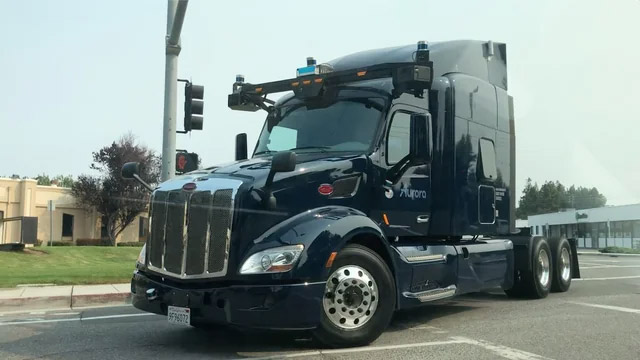As autonomous driving technology rapidly evolves, self-driving trucks are emerging as a transformative force in the transportation industry. While these vehicles promise increased efficiency and potentially reduced operational costs, they also bring unique safety considerations that must be carefully addressed. This article explores the current state of autonomous truck technology, key safety concerns, and the ongoing efforts to ensure these vehicles can safely share the road.
The Current Landscape of Autonomous Trucking
Autonomous trucks operate on a spectrum of automation levels, from basic driver assistance features to fully driverless systems. Several major companies, including Waymo, TuSimple, and Aurora, have made significant strides in developing and testing autonomous trucking technology. Many of these systems are currently operating in limited domains – specific routes or geographic areas where conditions are well-mapped and relatively predictable.
Unlike passenger vehicles, commercial trucks present distinct challenges due to their size, weight, and operational requirements. A fully-loaded semi-truck can weigh up to 80,000 pounds, creating significantly greater safety risks in the event of a collision compared to passenger vehicles.
Key Safety Concerns
Technical Reliability
Perhaps the most fundamental concern is the reliability of the technology itself. Autonomous systems rely on a complex array of sensors, cameras, radar, and artificial intelligence to perceive their environment and make driving decisions. Questions remain about how these systems perform in adverse weather conditions like heavy rain, snow, or fog, which can interfere with sensors and visibility.
System failures or malfunctions in a vehicle of this size could have catastrophic consequences. This raises important questions about redundancy systems and fail-safe mechanisms that can safely bring a truck to a stop if primary systems fail.
Cybersecurity Vulnerabilities
As connected vehicles, autonomous trucks may be vulnerable to hacking or unauthorized access. A security breach could potentially allow malicious actors to take control of a vehicle or disrupt its operation. The industry must implement robust cybersecurity protocols to protect these vehicles from such threats.
Interaction with Human Drivers
The transition period where autonomous trucks share the road with human-driven vehicles presents unique challenges. Human drivers may not always behave predictably, and autonomous systems must be able to anticipate and respond to unexpected human behaviors. Additionally, there are concerns about how effectively human drivers can interact with and predict the behavior of autonomous trucks.
Regulatory Framework
The regulatory landscape for autonomous trucks is still evolving. Questions about liability, insurance requirements, and certification standards remain under development in many jurisdictions. Without clear guidelines, there’s uncertainty about who bears responsibility in the event of an accident involving an autonomous truck.
Safety Advancements and Solutions
Rigorous Testing Protocols
Leading autonomous trucking companies are implementing extensive testing protocols that include millions of miles of real-world driving, as well as billions of miles in simulation. These tests help identify edge cases and unusual scenarios that might challenge the AI systems.
Human Oversight Models
Many current autonomous trucking operations utilize a hybrid approach with human oversight. This includes having safety drivers present during testing phases, remote monitoring centers that can provide assistance if needed, and human supervision for complex driving scenarios like navigating construction zones.
Specialized Safety Features
Autonomous trucks are being equipped with advanced safety features specifically designed for their unique operational profiles. These include enhanced braking systems with shorter stopping distances, more sophisticated obstacle detection capabilities, and special protocols for highway driving where most long-haul trucking occurs.
Industry Collaboration
Industry stakeholders, including technology companies, traditional truck manufacturers, and regulatory bodies, are increasingly collaborating to develop safety standards. Organizations like the Self-Driving Coalition for Safer Streets are working to establish best practices and safety benchmarks.
Looking Ahead
The path to widespread deployment of autonomous trucks will likely be gradual, with operations beginning in limited scenarios and expanding as the technology proves itself. Initial applications may focus on highway driving between transfer hubs, with human drivers handling the more complex “first and last mile” portions of journeys.
For the transportation industry and society at large, the safety implications of autonomous trucking extend beyond technological considerations. There are important questions about workforce transitions, economic impacts, and public acceptance that must be addressed alongside safety concerns.
As we navigate this technological frontier, the goal remains clear: to harness the potential benefits of autonomous trucking while ensuring these massive vehicles operate with the highest possible safety standards. With continued investment in technology development, thoughtful regulatory frameworks, and collaborative industry efforts, autonomous trucks have the potential to make our roads safer while revolutionizing how goods move across the country.



